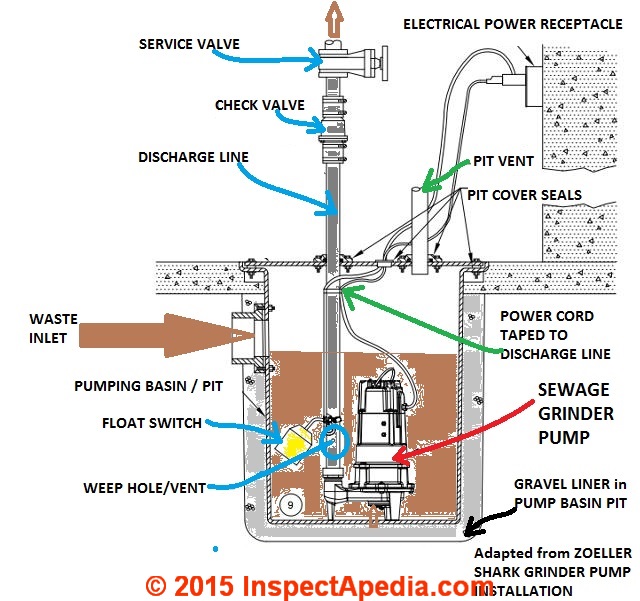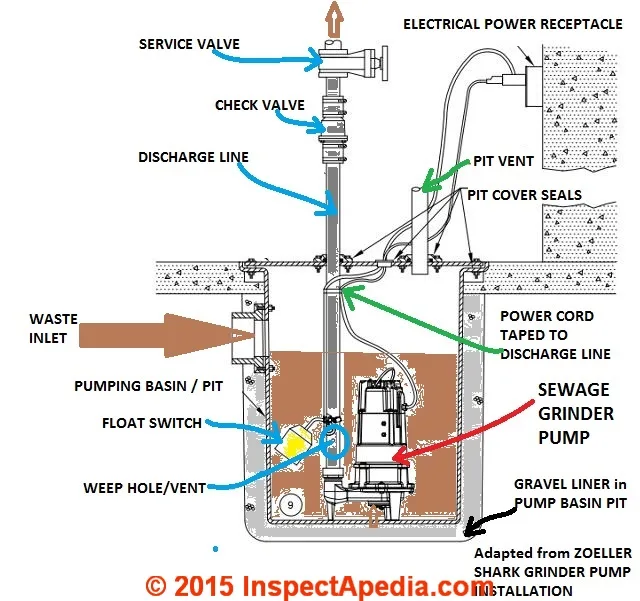
Introduction to Sewage Pump Systems
Sewage pump systems are essential for maintaining proper sanitation and waste management in residential and commercial buildings. These systems play a crucial role in transporting wastewater from toilets, sinks, showers, and other plumbing fixtures to the main sewer line or septic tank. A well-functioning sewage pump system ensures the efficient disposal of wastewater and helps prevent backups and flooding in your property.
Preparing for Sewage Pump Installation
Before installing a sewage pump system, it is important to assess your plumbing needs and the amount of wastewater your property generates. You should also consider the size of the pump and the power requirements to ensure it can handle the volume of wastewater effectively. Additionally, make sure to check local building codes and regulations to ensure compliance with installation requirements.
Choosing the Right Location for Your Sewage Pump
When selecting a location for your sewage pump, consider accessibility for maintenance and repairs, proximity to the plumbing fixtures it serves, and the availability of a power source. The pump should be installed in a well-ventilated area with sufficient space for easy access and operation. Proper placement of the pump will ensure optimal performance and longevity.
Installing the Sewage Pump System
The installation process involves connecting the pump to the plumbing fixtures, securing it in place, and setting up the discharge pipe to carry wastewater to the desired location. It is crucial to follow the manufacturer’s instructions and guidelines for proper installation to avoid leaks, malfunctions, or other issues. Once the pump is securely installed, test it to ensure it is functioning correctly before regular use.
Testing and Troubleshooting Your Sewage Pump Installation
After installing the sewage pump system, perform a series of tests to verify its performance and identify any potential issues. Test the pump under different operating conditions to ensure it can handle varying wastewater volumes effectively. If you encounter any problems, troubleshoot the system by checking for clogs, leaks, or other issues that may affect its operation.
Maintenance Tips for Your Sewage Pump
To keep your sewage pump system in optimal condition, follow a regular maintenance schedule that includes inspecting the pump, cleaning filters, checking for wear and tear, and lubricating moving parts. Regular maintenance will help prevent costly repairs and extend the lifespan of your sewage pump. Additionally, be mindful of what you dispose of in your plumbing system to avoid clogs and damage to the pump.
Conclusion
In conclusion, proper installation, maintenance, and care of your sewage pump system are essential for ensuring efficient wastewater management and preventing plumbing issues in your property. By following the guidelines outlined in this article, you can enjoy a reliable and effective sewage pump system that contributes to a healthy and hygienic living environment.
